Idaho
flash14756
18 years ago
Featured Answer
Sort by:Oldest
Comments (20)
digit
18 years agoEmbothrium
18 years agoRelated Professionals
Danbury Landscape Architects & Landscape Designers · Milwaukee Landscape Architects & Landscape Designers · Mountain Brook Landscape Architects & Landscape Designers · McKinney Landscape Contractors · Canton Landscape Contractors · College Park Landscape Contractors · New Brighton Landscape Contractors · Oak Forest Landscape Contractors · Saint George Landscape Contractors · West Palm Beach Landscape Contractors · Wickliffe Landscape Contractors · Kirkland Fence Contractors · Midvale Fence Contractors · Seymour Fence Contractors · Tallahassee Fence ContractorsSpoWa
18 years agoEmbothrium
18 years agoLas_Palmas_Norte
18 years agoEmbothrium
18 years agoian_wa
18 years agodigit
18 years agospokanepatty
18 years agozenzone
18 years agoian_wa
18 years agobotann
18 years agodigit
18 years agospokanepatty
18 years agoian_wa
18 years agoflash14756
18 years agoboisenoise
18 years agoShades_of_idaho
18 years agoEmbothrium
18 years ago
Related Stories

HOUZZ TOURSHouzz Tour: Black and White in Idaho
Refinished vintage finds and Scandinavian-inspired furniture spice up a two-tone palette in this Boise blogger's home
Full Story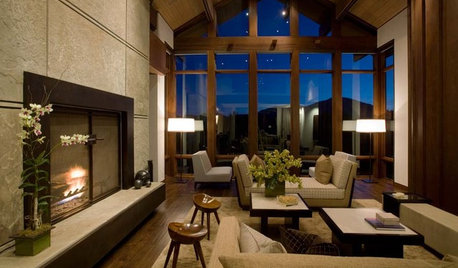
HOUZZ TOURSHouzz Tour: Contemporary, Natural Style in Idaho
Neutral colors and natural materials transform a large three-level home in Sun Valley into a comfy family retreat
Full Story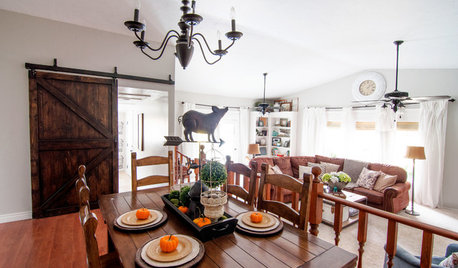
FARMHOUSESMy Houzz: A Country Farmhouse With Modern Touches in Idaho
Farmhouse-style design details and DIY touches come together in this family’s updated home
Full Story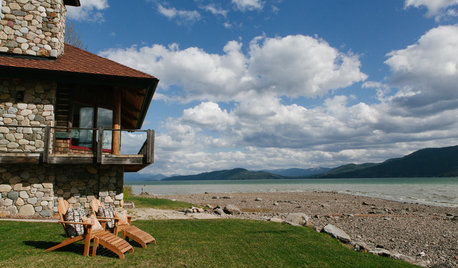
RUSTIC STYLEHouzz Tour: Home’s Idaho Flavor Balances Rustic and Luxe
Local flora, fauna and textures come together in this relaxing vacation house on the state’s largest lake
Full Story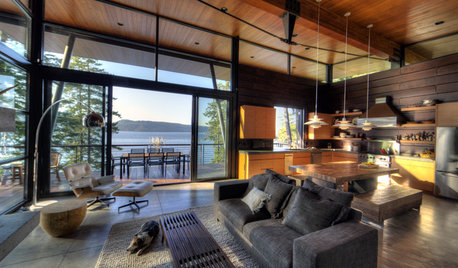
HOUZZ TOURSHouzz Tour: Modern 'Pods' Offer a Log Cabin Compromise
Two generations enjoy togetherness and privacy too, in this cleverly designed lakefront vacation home in Idaho
Full Story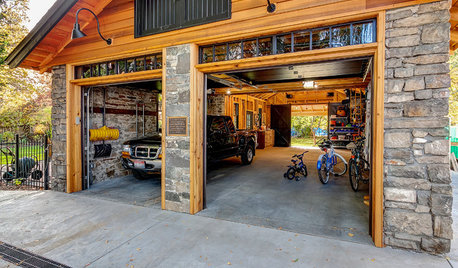
GARAGESA Historic Garage Expands for Storage and Parties
This couple worked with an architect, a builder and a stonemason to double the size of their historic Boise, Idaho, garage
Full Story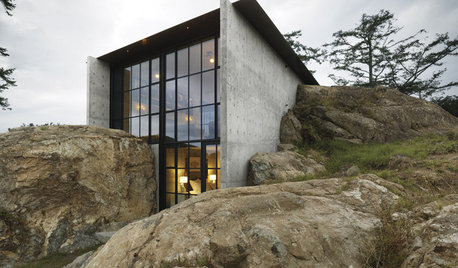
BOOKSBooks: Tom Kundig's Houses 2
Expansive new release captures Seattle architect's beautiful, highly-crafted, often kinetic home designs
Full Story
HOUZZ TOURSMy Houzz: Traditional, Collected Style in Oregon
A gold-and-blue palette, curated furnishings and dark wood floors warm up an Oregon couple's home
Full Story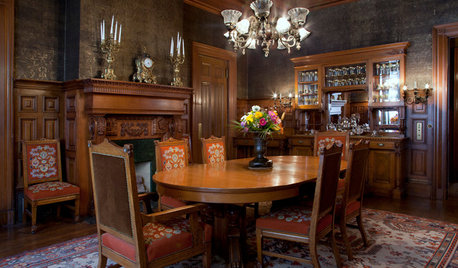
VICTORIAN DESIGNHouzz Tour: San Francisco’s Haas-Lilienthal House
Get a rare behind-the-scenes glimpse of this storied Victorian mansion from its decade-long caretaker
Full Story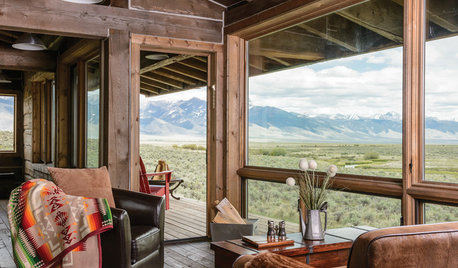
RUSTIC STYLEAt Home on the Range
Cabin retreats in idyllic locales fill the pages of the new book ‘American Rustic.’ We take you inside one of them
Full Story





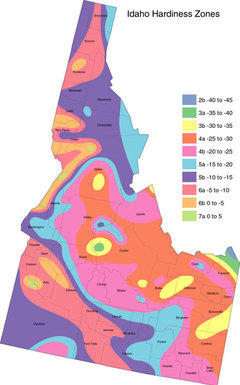


SpoWa